
Estás filtrando por
Se encontraron 1538 resultados en recursos

Compartir este contenido
AppleMagazine - 13/06/25
Copia el enlace o compártelo en redes sociales
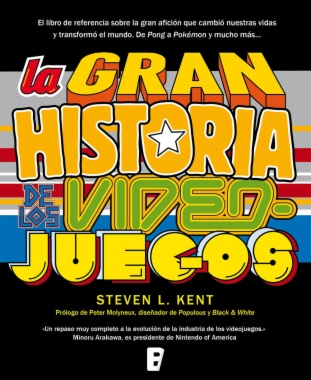
La gran historia de los videojuegos
Compartir este contenido
La gran historia de los videojuegos
Copia el enlace o compártelo en redes sociales
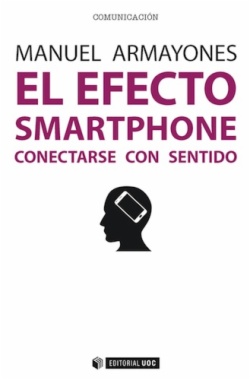
El efecto smartphone
Compartir este contenido
El efecto smartphone
Copia el enlace o compártelo en redes sociales
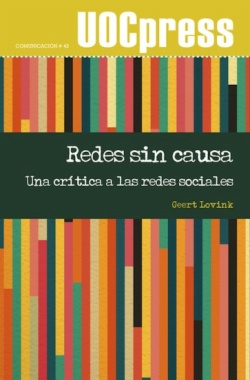
Redes sin causa
Compartir este contenido
Redes sin causa
Copia el enlace o compártelo en redes sociales
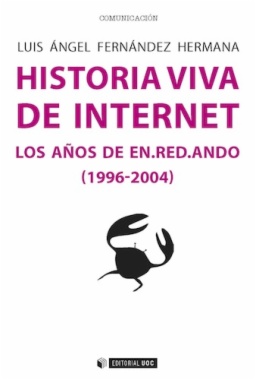
Historia viva de internet. Los años de en.red.ando (1996-2004)
Compartir este contenido
Historia viva de internet. Los años de en.red.ando (1996-2004)
Copia el enlace o compártelo en redes sociales
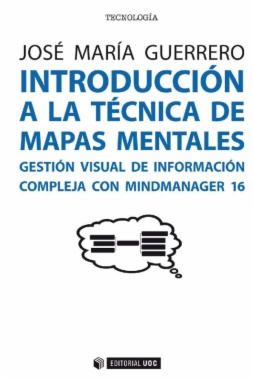
Introducción a la técnica de mapas mentales
Compartir este contenido
Introducción a la técnica de mapas mentales
Copia el enlace o compártelo en redes sociales
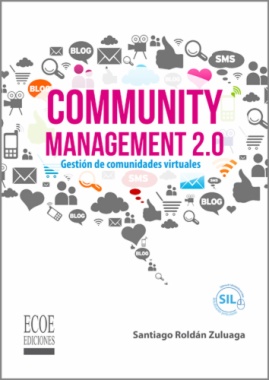
Community management 2.0: Gestión de comunidades virtuales
Compartir este contenido
Community management 2.0: Gestión de comunidades virtuales
Copia el enlace o compártelo en redes sociales
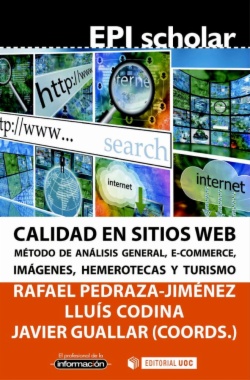
Calidad en sitios web
Compartir este contenido
Calidad en sitios web
Copia el enlace o compártelo en redes sociales
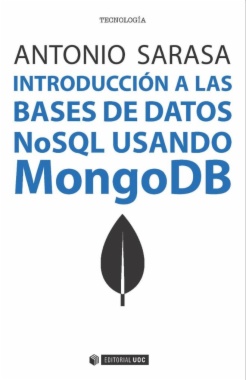
Introducción a las bases de datos NoSQL usando MongoDB
Compartir este contenido
Introducción a las bases de datos NoSQL usando MongoDB
Copia el enlace o compártelo en redes sociales
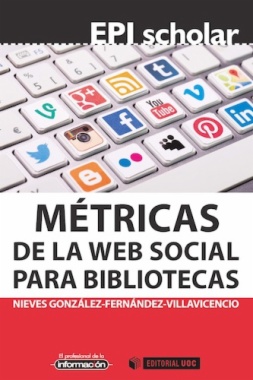
Métricas de la web social para bibliotecas
Compartir este contenido
Métricas de la web social para bibliotecas
Copia el enlace o compártelo en redes sociales
Selecciona las Colecciones en las que vas a añadir el contenido
Para consultar los contenidos añadidos busca la opción Tus colecciones en el menú principal o en Mi perfil.
